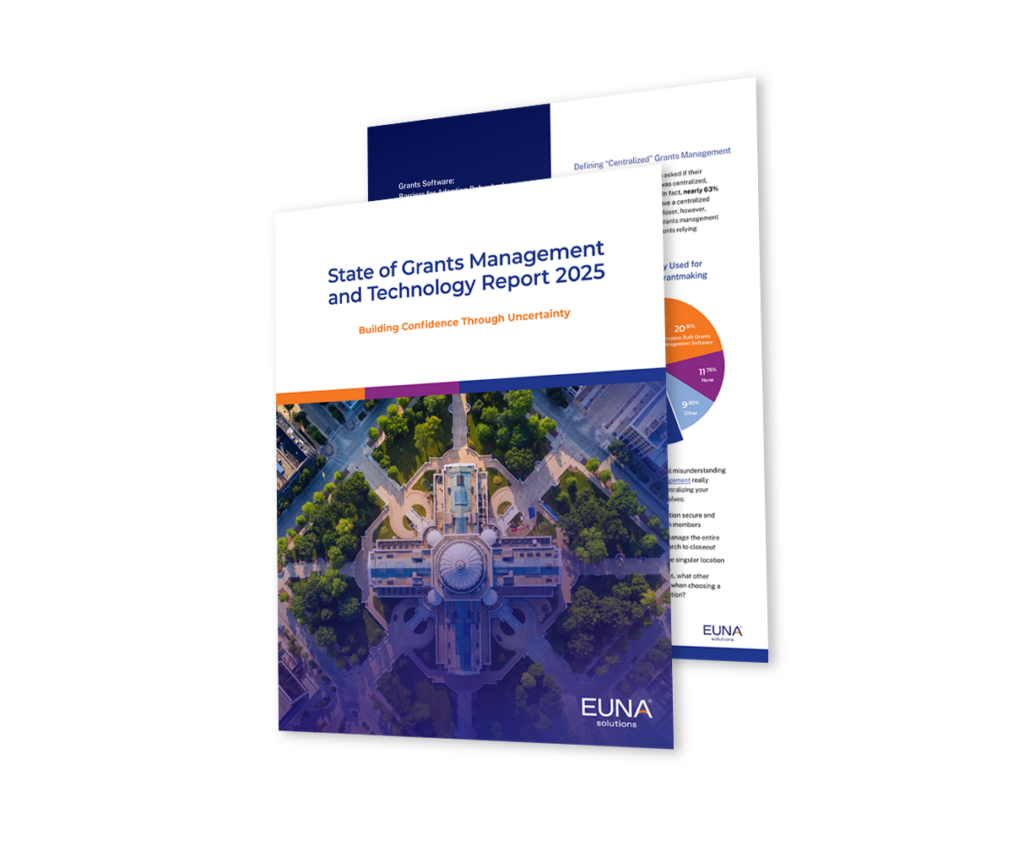As we look toward 2025, organizations are positioned to capitalize on the benefits of network-powered procurement. This approach harnesses a wide network of connections, resources, and technological advancements that can transform procurement practices and significantly enhance an organization’s return on investment.
Network-powered procurement leverages a vibrant community of procurement professionals working together to exchange resources and best practices. Unlike traditional methods that tend to be isolated and siloed, this new approach promotes collaboration across different organizations—leading to improved efficiency and sparking innovation.
Practical Strategies to Overcome Common Fears of the Year Ahead with Network Solutions
In navigating the year ahead, organizations may face several common fears, but practical solutions employed by network-powered procurement offer a way forward, blending strategic action with collaboration. One prominent challenge is the rising costs of goods and services. By leveraging network-powered tools, like Euna Procurement, procurement teams can improve competition, accessing a wider pool of qualified suppliers and using technology to scan shopping carts for potential savings. This proactive approach allows organizations to manage costs more effectively, countering economic pressures with innovation.
Supply chain worries also dominate the landscape, presenting risks of disruptions that can affect operations. A viable solution is co-procurement, which involves collaborating with other agencies to negotiate improved deals and ensure a more resilient and reliable supply chain. This cooperative strategy not only boosts leverage with suppliers but enhances supply chain stability across the board.
As the integration of artificial intelligence (AI) becomes more prevalent, fears around leveraging AI are common. However, by participating in communities such as NIGP’s “AI in Public Procurement,” organizations can gain a better understanding and learn from peers on using AI responsibly. These initiatives provide essential guidance on mitigating the risks of misinformation and errors, equipping procurement professionals with the knowledge to harness AI effectively.
Workforce efficiency and capacity are other areas of concern, where the adoption of collaborative technology and remote work options stand as potent solutions. By embracing these tools, organizations can boost employee engagement, efficiency, and effectiveness, creating a dynamic and adaptable workforce equipped to meet the challenges of the modern procurement environment.
Moreover, fostering supplier engagement and managing relationships effectively remain crucial for success. Network procurement facilitates these objectives by streamlining communications and building lasting relationships with suppliers. This enhanced engagement not only improves operational performance but also preserves strong supplier networks essential for long-term procurement success.
Finally, achieving strategic initiatives such as diversity, sustainability, and local purchasing can often seem daunting. Yet, with the advent of tools prioritizing supplier networks, procurement teams can access a broader range of suppliers, aligning these strategic initiatives with operational practices. This alignment supports organizational goals while promoting broader societal impacts that contribute to a more inclusive and sustainable future.
Building Bridges for the Future
As organizations navigate the changing procurement landscape in 2025, embracing network-powered, full-cycle procurement emerges as a critical strategy. It represents a bridge between current practices and the future, combining the best of technological innovation with a human-centric approach to supplier relationships. By transforming procurement through a network-driven mindset, organizations can swiftly adapt to challenges, secure better value, and drive significant impact well into the future.
Want to learn more about the network-powered approach that’s taking organizations to the next level? Download our 2024 State of Public Procurement report!

